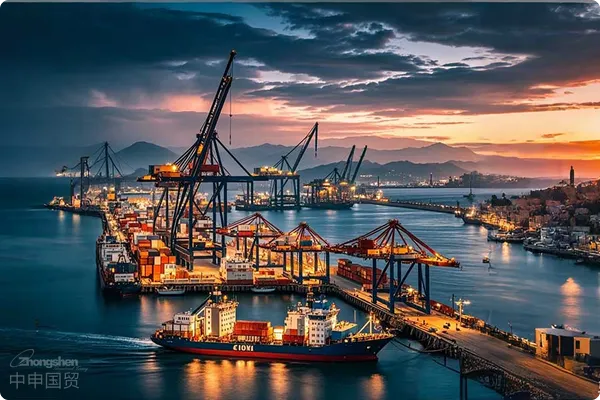- Shanghai Zhongshen International Trade Co., Ltd. - Two decades of trade agency expertise.
- Service Hotline: 139 1787 2118

TextileEquipment ImportsThe Four Major Components of Tariffs
According to the latest customs tariff regulations for 2025, the import duty on textile equipment is determined by the following factors:
- HS Code (Harmonized System Code)
- Spinning equipment: 8445 series coding
- Weaving equipment: 8446 series coding
- Finishing Equipment: 8451 Series Encoder
- It is recommended to verify through the following methods:24. Clear documents
- ASEAN Certificate of Origin is eligible for a preferential tariff rate of 0-5%.
- RCEP member states' equipment enjoys phased tariff reductions.
- Applicability of trade agreements
- Exemption of Specific Equipment under the China-EU Investment Agreement
- Special Arrangements for Equipment Import Tariffs in African Countries
- Equipment technical parameters
- The level of intelligence affects tariff classification.
- Processing accuracy determines whether it falls under the tax-free catalog.
Practical Guide to Querying Tariff Rates for 2025
Enterprises can obtain accurate tax rate information through three channels:
- General Administration of Customs Official Website Commodity Classification System (detailed technical parameters required)
- Professional agency pre-classification service (error rate below 0.3%)
- Third-party trade database comparison (Global Trade Atlas recommended)
Special Reminder: New additions starting from 2025.Declaration of Carbon Emission Factors for Electromechanical ProductsRequirements: Incomplete submission may affect customs clearance efficiency.
Strategies for Applying Tariff Preference Policies
Tax reduction plans for different types of enterprises:
- Processing trade enterprises
- Processing trade can apply for a blank operation of the deposit account.
- The proportion of finished product exports reaches 70%, enjoying tariff rebates.
- High-tech Enterprise
- Equipment listed in the "Catalogue of Encouraged Imports" is eligible for VAT payment by installments.
- The policy of halving import tariffs on intelligent textile machinery will be extended until 2027.
Case Study on Tax Burden Calculation for Typical Equipment Imports
- German-made automatic winder (HS 84454000)
- Benchmark tax rate: 8%
- China-EU Agreement Preferential Rate: 5.5%
- Actual tax burden difference: Savings of 123,000 yuan per unit.
- Japanese-made jet looms (HS 84463090)
- Annual tariff reduction range under the RCEP framework: 0.5%-1.2%
- 2025 Agreement Tariff Rate: 6.8%
Four core values of agency services
- The product classification database is updated in real time (covering 1800+ textile equipment models).
- Customs clearance solution design for special supervision zones (differentiated operations for bonded zones/comprehensive bonded zones)
- Calculation of Optimal Solutions for Rules of Origin (Handling Cross-Application Scenarios under Multiple Agreements)
- Customs Inquiry Response System (Dedicated Channel for AEO-Certified Enterprises)
Experience has shown that professional agency services can reduce overall import costs by 18%-25%, especially in addressing the newly implementedCustoms Classification Consistency ReviewIt has significant advantages in terms of mechanisms.
Related Recommendations
? 2025. All Rights Reserved. Shanghai ICP No. 2023007705-2  PSB Record: Shanghai No.31011502009912
PSB Record: Shanghai No.31011502009912










